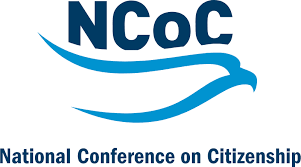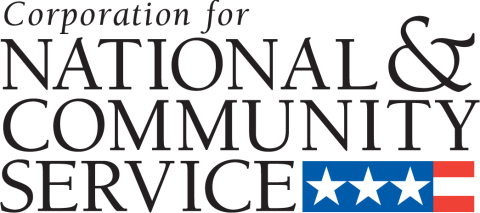The category “volunteering and giving” includes how much people are donating their time or money to serve their community or contribute to causes they care about. Measures of volunteering and giving include:
- Volunteering
- Charitable giving—donations of $25 or more to non-political groups or organizations, such as a charity, school, or religious organization
- Political giving—donations of $25 or more to political organizations, parties, or campaigns
- Group membership—participation in groups, including civic or service organizations, community groups, religious or spiritual communities, recreational groups, and political or advocacy groups
As seen in Table 3, New Hampshire residents volunteer and donate their time and money at rates above national averages. Notably, New Hampshire ranks second in the nation for the percent of the population engaged in charitable giving (65.5% NH; 52.2% US), second only to Utah. Granite Staters are also more likely to give to political causes (10.2% in NH; 8.7% US). Women, older people, and people with higher incomes and education levels volunteer and give at higher rates than others.1
Trends Over Time
Over time the U.S. Census Bureau’s Current Population Survey has varied the wording of questions related to volunteering and giving, so identifying trends is a challenge. However, we know that:
- New Hampshire residents have consistently volunteered at higher rates than national averages for the past 15 years (2002-2017, See Figure 28). This may reflect the state’s average age and the number of people in retirement. Although volunteering dipped starting in 2011, likely due to effects of the Great Recession, the trend has been upward since then. From 2015-2017, New Hampshire saw an additional increase in volunteering, more than 5% higher than the national average—the highest since 2002.
- Granite Staters gave to nonpolitical charitable organizations at higher rates than the national average for over a decade, from 2006-2015. From 2010-2015, charitable giving was steady, with 57%-59% of the population giving $25 or more each year.2 See Figure 29.3
- Participation in groups declined from 39% in 2011 to 31.5% in 2017.
Trends by Demographics
Education
There was a relationship between education level and volunteering and giving. See Figure 30.
- On several outcomes, those with a college education participate at nearly 30 percentage points higher than do those with only a high school education.
- Those with a college education volunteer 28% more than those with a high school degree.
- Those with a college education give to charities 27.8% more than those with a high school degree.
- Those with a college education join civic groups 28.8% more than those with a high school degree.
- Those with a college education were also about 10% more likely to engage in political giving.
Income
Volunteering and giving tend to increase with income (see Figure 31). Giving of both money and time is less frequent for lower income New Hampshire residents than those with higher incomes. In particular, those with higher incomes ($75,000+) were 25% more likely to give charitably than people in the lowest income category (less than $35,000). Notably, those in the higher income category report making political donations at rates nearly five times higher than those in the lower income category.
Age
In general, older generations tended to demonstrate stronger giving and slightly stronger volunteerism/group membership than younger generations. There was a significant gap between the Silent and Long Generation and Millennials in charitable giving (27%) as well as political giving (13%). See Figure 32.
Region
- Suburban residents are somewhat more likely to volunteer and make charitable donations compared to rural and urban residents.
- Urban residents give to political causes at slightly higher rates than suburban and rural residents.
- Rural residents are somewhat more likely to join groups than urban and suburban residents. See Figure 33.
Gender
- Women and men demonstrate fairly similar behaviors when it comes to giving, volunteering, and belonging to groups. See Figure 34.
Endnotes
[1]. We note that data regarding charitable giving have become less reliable for making longitudinal and state-to-state comparisons as the IRS has limited the ability of tax filers to itemize charitable deductions since 2018. For tax year 2018, about 10 percent of New Hampshire IRS filers itemized charitable deductions. We don’t know how much money was donated by those who did not itemize.
[2]. Longitudinal data comparisons could only be made between 2006‒2015 because after 2015 the survey question was reworded to distinguish between charitable and political giving.
[3]. Political giving was recently added to the Census, and the group membership question was recently re-worded, so there are no longitudinal data yet available for those measures.



